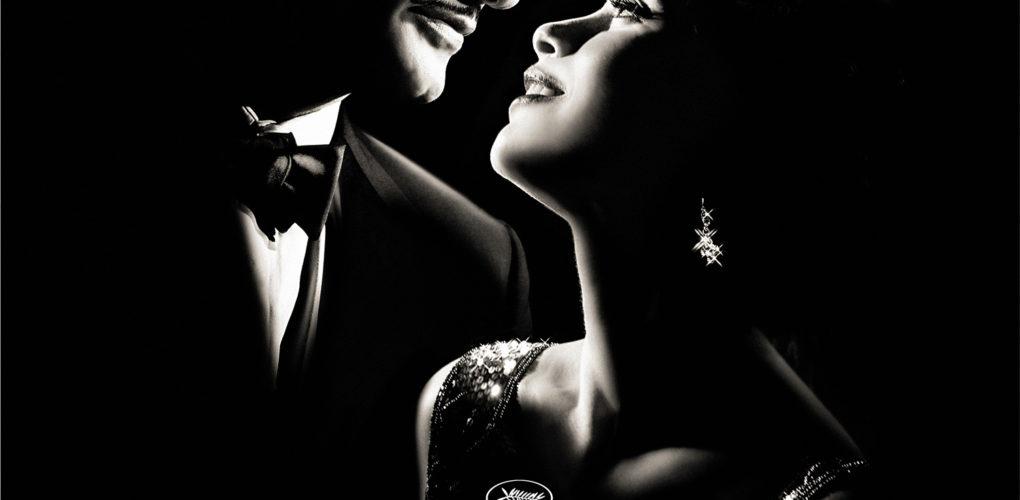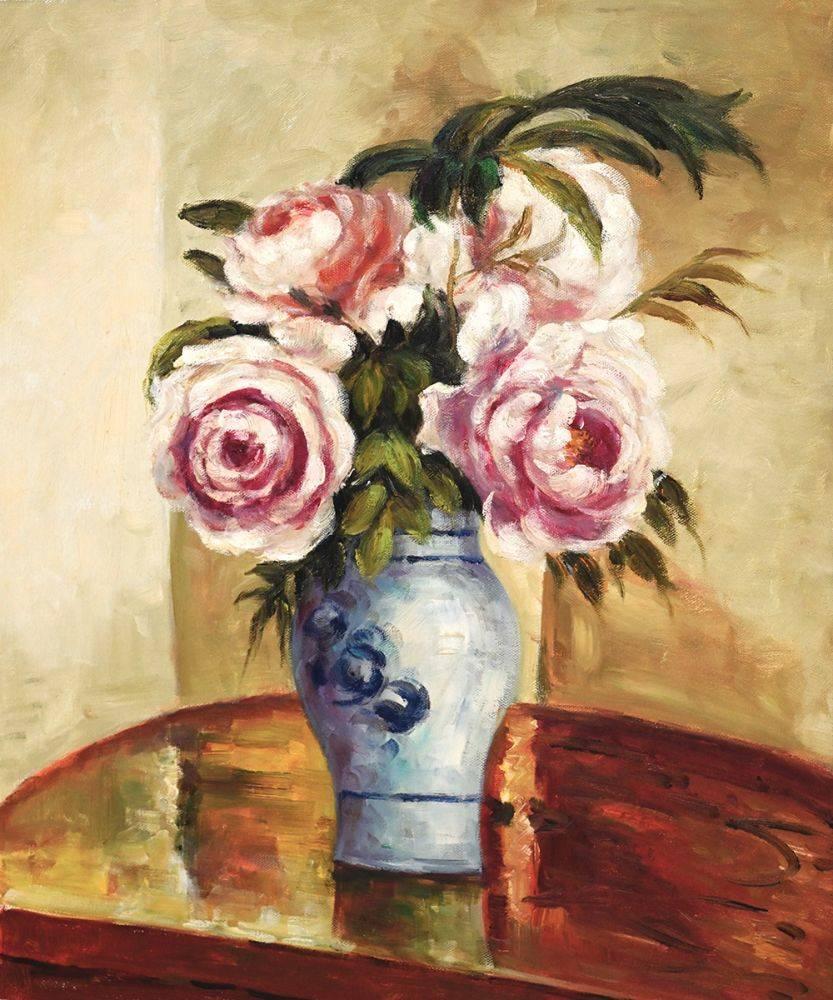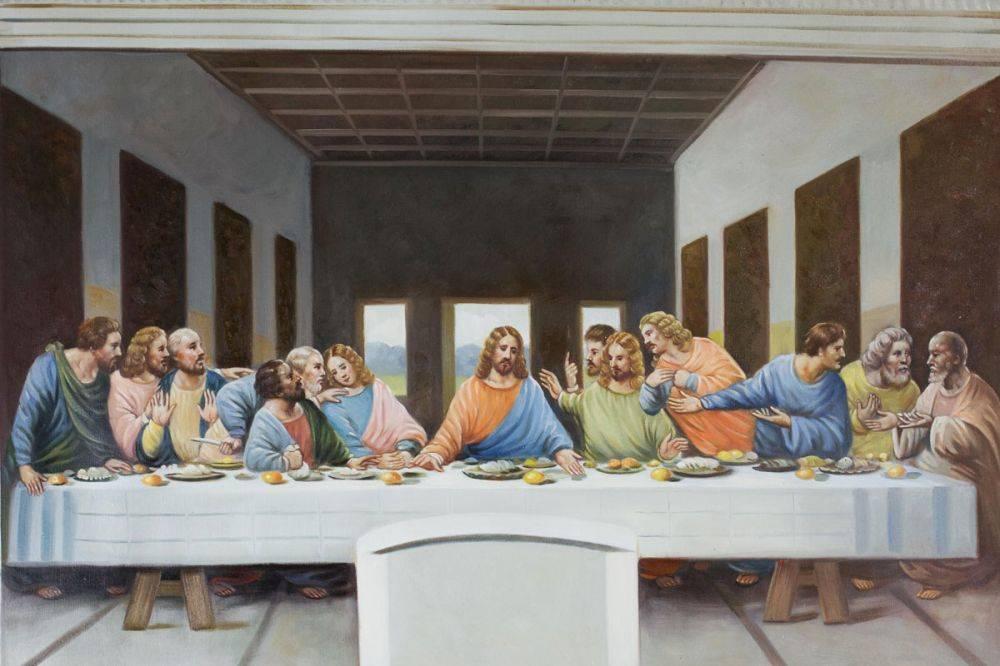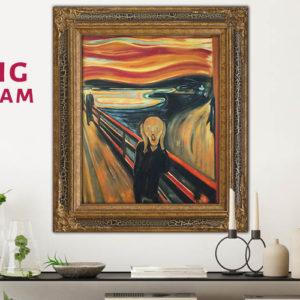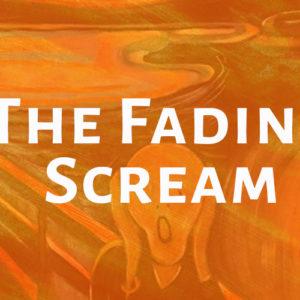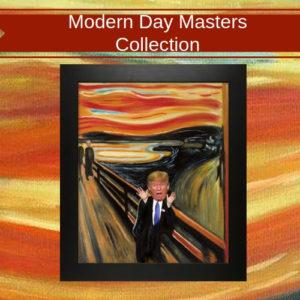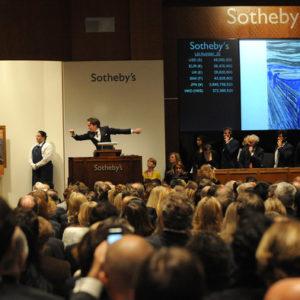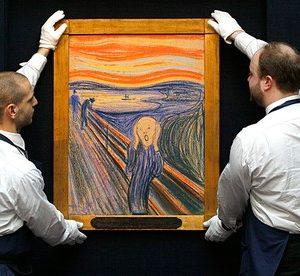Art
The Artist and Munch’s Silent Scream
Vague glimpses of terrifying visions undulate in the stifling air, terrified, haunted eyes stare out of a pale face. The face is contorted in a desperate, anguished scream – a silent scream that fades without an echo, the mute cry of a tormented soul on the brink of an abyss… But whose is the scream? Is the strange, primeval creature imagined by Edvard Munch, illuminated by the sickly glow of a bloodstained sky? Or is it the soundless cry of fallen silent film star George Valentin, crushed by the death-throes of a perishing era, as the jarring reality of sound invades his perfect silent world?
Anyone with even a passing interest in film this year has probably heard of The Artist – a new, fully silent, black-and-white film that happens to be one of the most Oscar-nominated films of 2012, with 10 nominations including Best Picture, Best Actor, and Best Director. Set in the late 1920s and early 1930s, The Artist is both an homage to the silent era and a record of its demise. The difficult and harsh transition of the film industry into the sound era is shown through the eyes of George Valentin (Jean Dujardin) – a talented and successful silent film star both unable and unwilling to accept the abrupt transformation of his art form. Fighting frantically against this threat to the world he knows, George soon discovers that neither his talent, his popularity, nor his personal charm can save him from sinking into oblivion before the inexorable onslaught of technology.
Unswervingly faithful to its subject, The Artist is almost entirely silent and bristles with stylistic, compositional, and thematic references to Silent Era film. Less frequently noted, however, is the direct visual debt it owes to Expressionism, which had such a profound impact on the early 20th-century film. Emerging in pre-WWI Germany and impacting multiple forms of creative expression from literature to painting, Expressionism sought to create a subjectivized reality and express pure emotional states unveiled by the constraints of naturalism and rationality. Sweeping curves and discordant value contrasts evoked feelings of fear, isolation, and anxiety, and energetic, diagonal lines and distorted perspectives created a sense of tension and urgency. Though still a young art form, the film quickly joined into the Expressionist movement in its own way, with such films as the sanity-bending Cabinet of Dr. Caligari (Robert Wiene 1919), F.W. Murnau’s iconic Dracula adaptation Nosferatu (1922), and even later Hollywood films such as Paul Leni’s The Man Who Laughs (1928). The dramatic shadows, sharp camera angles, and emotive settings developed by Expressionist film went on to influence such legendary filmmakers as Orson Welles, Alfred Hitchcock, Billy Wilder, and in fact the entire genre of Film Noir.
The Artist makes brilliant use of this rich legacy, creating dramatic tension and suspense through the use of low-angle shots, and employing soft rim lights, projecting rays of light, and exaggerated shadows to convey its characters’ emotional states. These techniques are especially potent in a nightmarish dream sequence in which George is accosted by an increasingly aggressive barrage of sound. Starting small, with the jarring clink of glass on the table, the sequence seems almost comical at first as George surveys the offending glass in indignant amazement. As the layers of sound build overwhelming George’s comfortable, reassuring silence an oppressive feeling of menace begins to take hold. Accelerated images flash before our eyes as the noise builds to a crashing crescendo, turning into an abstract map of psychological disintegration. Running out into the street, George tries to block out the horrifying clamor by shutting his ears, but he cannot escape his own fear. His face fills the frame as it forms into a scream, but he is incapable of producing a sound. Embodying Munch’s anguished vision, he screams in silence…
